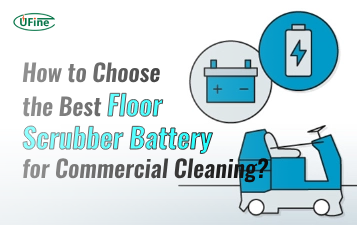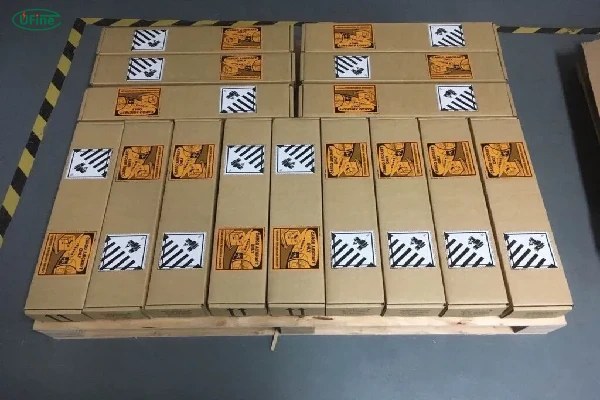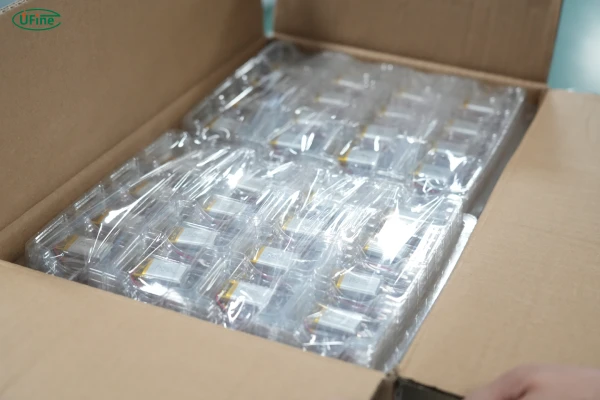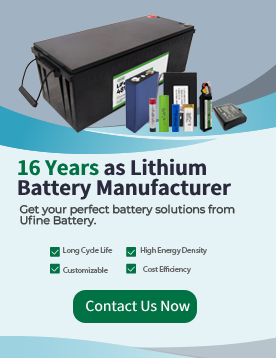We often take batteries for granted, focusing only on their power and lifespan. But have you ever thought about how battery packaging affects their safety and performance? Proper packaging isn’t just about looks—it protects the battery from damage, prevents leaks, and ensures safe transport and storage.
A poorly packaged battery can lead to chemical leaks, short circuits, or even fires. That’s why industry standards dictate specific rules for packaging different battery types. Whether it’s a lithium-ion, alkaline, solar, or car battery, each requires special handling and packaging solutions.
Whether you’re a manufacturer, distributor, or end-user, understanding these packaging principles could mean the difference between a reliable power source and a hazardous situation.
Part 1. The critical role of battery packaging
Safety First
Battery packaging serves as the last line of defense against:
-
Thermal runaway (especially in lithium batteries)
-
Acid leaks (in lead-acid batteries)
-
Short circuits during transport
-
Physical damage from drops or impacts
Performance Preservation
Good packaging doesn’t just protect others from batteries—it protects batteries from:
-
Humidity (causing corrosion)
-
Temperature extremes (accelerating degradation)
-
Vibration (loosening connections)
-
Pressure changes (during air transport)
Regulatory Compliance Maze
Different battery types face different requirements:
| Battery Type | Key Regulations | Packaging Requirements |
|---|---|---|
| Lithium-ion | UN38.3, IATA DGR | Flame-retardant materials, 1.2m drop test |
| Lead-acid | DOT Hazardous Materials | Acid-proof secondary containment |
| Alkaline | Non-hazardous (usually) | Basic moisture protection |
Ufine Battery Insight: Our custom battery solutions are pre-certified for global shipping, saving clients 30-50% on compliance testing costs.
Part 2. What are the rules for battery packaging?
The UN Testing Pyramid
All dangerous goods packaging must pass a series of increasingly rigorous tests:
-
Vibration testing (simulating road transport)
-
Drop testing (from 1.2 meters)
-
Stack testing (compression resistance)
-
Pressure differential testing (for air transport)
Regional Variations That Trip Up Shippers
-
EU: Requires full supply chain traceability
-
USA: DOT focuses on transport accidents
-
China: New GB standards mandate recyclability
Part 3. What materials are commonly used for battery packaging?
Battery packaging materials vary by type but commonly include:
- Plastic casings for consumer batteries
- Aluminum shells for high-heat applications
- Cardboard and blister packs for retail batteries
- Fireproof pouches for lithium-based batteries
Part 4. Lithium battery packaging
Lithium-ion batteries power everything from smartphones to electric vehicles, but they are highly sensitive to heat, pressure, and punctures. Improper packaging can result in thermal runaway, causing fires or explosions.
Common Lithium-Ion Battery Packaging Methods:
- Plastic Casing: Used for small consumer electronics batteries, providing lightweight protection.
- Aluminum Shells: Found in power banks and laptop batteries, offering improved heat dissipation.
- Fireproof Pouches: Designed for large-capacity batteries, like those in electric bikes and EVs.
- Foam Inserts & Shock-Resistant Boxes: Prevent physical damage during transportation.
Part 5. Rechargeable battery packaging
Rechargeable batteries—such as lithium-polymer (LiPo), nickel-metal hydride (NiMH), and lead-acid—require specialized packaging to withstand repeated charging cycles.
- LiPo Battery Packaging: Often stored in protective pouches to prevent expansion or punctures.
- NiMH Battery Packaging: Comes in plastic shells or metal casings for high-temperature resistance.
- Lead-Acid Battery Packaging: Typically housed in thick polypropylene cases to contain liquid electrolytes.
AGM VS Lithium VS Lead-Acid Battery: Comprehensive Comparison
If you need custom rechargeable battery packaging, Ufine Battery provides tailored solutions to ensure safety and durability.
Part 6. Non-rechargeable battery packaging
Non-rechargeable batteries, including alkaline, zinc-carbon, and lithium primary batteries, have shorter lifespans and are designed for single-use applications. Their packaging must be:
- Tamper-Resistant: Prevents accidental activation.
- Leak-Proof: Keeps electrolyte leakage under control.
- Eco-Friendly: Made with recyclable materials to minimize environmental impact.
Common packaging includes blister packs, foil-sealed pouches, and cardboard boxes for bulk storage.
Part 7. Solar battery packaging
Solar batteries store energy for renewable power applications, requiring durable packaging to withstand extreme temperatures and outdoor exposure.
Solar batteries face:
-
Outdoor UV exposure
-
Temperature swings (-30°C to 60°C)
-
Rodent threats
-
Decade-long lifespan requirements
Solar Battery Packaging Features:
✔ Weatherproof Enclosures – Prevents damage from rain, dust, and humidity.
✔ Insulated Casings – Helps maintain stable temperature and efficiency.
✔ Fireproof Housing – Reduces fire risks, especially in high-capacity batteries.
Lithium iron phosphate (LiFePO4) batteries are popular for solar energy storage due to their long lifespan and excellent thermal stability.
Part 8. Off-grid solar system packages with batteries
Off-grid solar systems require specialized battery packaging that includes:
- Heavy-Duty Protective Casings – Shields against environmental hazards.
- Battery Management Systems (BMS) – Ensures safe and efficient energy storage.
- Modular Battery Packs – Allows for easy scalability.
Proper packaging enhances the reliability of off-grid solar setups, ensuring efficient power storage.
Part 9. Alkaline battery packaging
Alkaline batteries, commonly used in household electronics, are usually packaged in:
- Retail Blister Packs – Individual or multi-battery packs for consumer use.
- Bulk Storage Boxes – Used for industrial applications.
- Environmentally Friendly Recyclable Packaging – Reduces waste.
Alkaline batteries should be stored in dry and cool conditions to prevent leakage.
Part 10. Car battery packaging
Car batteries, whether lead-acid or lithium-based, require robust packaging due to their size and weight.
- Lead-Acid Batteries: Packaged in vented polypropylene casings to release gases.
- Lithium Car Batteries: Stored in reinforced polymer or metal enclosures for impact resistance.
- EV Batteries: Require shockproof and temperature-regulated enclosures.
Car battery packaging must be durable, leak-proof, and compliant with transport regulations.
Part 11.FAQs
What is the safest way to package lithium-ion batteries?
The safest way is to use fire-resistant materials, insulated padding, and shockproof casings. Lithium-ion batteries must also be packaged in accordance with UN38.3 and IATA regulations for transport.
Can battery packaging affect battery performance?
Yes. Poor packaging can expose batteries to moisture, heat, or physical stress, leading to reduced efficiency, shorter lifespan, or even failure. Proper packaging helps maintain optimal performance.
Are there specific rules for shipping damaged batteries?
Yes. Damaged or swollen batteries are considered hazardous and require specialized containment packaging. They must be stored in non-conductive, fireproof containers and labeled as “Dangerous Goods.”
Can I reuse battery packaging?
It depends. Retail packaging (like blister packs) is typically for single use. However, industrial packaging (like plastic or metal casings) can be reused if undamaged and meets safety standards.
What is the best way to package batteries for long-term storage?
For long-term storage, batteries should be kept in temperature-controlled, moisture-free environments. Packaging should include anti-corrosion materials and proper insulation to prevent power loss.
How do I dispose of battery packaging safely?
Plastic and metal casings can often be recycled, while fireproof and hazardous material packaging should be disposed of according to local regulations to prevent environmental harm.
Are there eco-friendly battery packaging options?
Yes! Recyclable cardboard, biodegradable plastics, and reusable protective cases are being developed to reduce waste and environmental impact. Some manufacturers are shifting toward sustainable packaging solutions.
How does battery packaging differ for consumer and industrial applications?
Consumer packaging focuses on convenience, branding, and safety (e.g., blister packs, small boxes). Industrial packaging prioritizes durability, fire resistance, and bulk storage (e.g., reinforced plastic or metal cases).
Related Tags:
More Articles

How to Choose the Best Floor Scrubber Battery for Commercial Cleaning?
Selecting the ideal floor scrubber battery ensures a long runtime, rapid charging, and minimal maintenance for efficient commercial cleaning operations.
Battery for Blower vs Battery for Leaf Vacuum: Which One Should You Choose?
Battery for blower vs leaf vacuum—learn the key differences in power, fit, and runtime to choose the right battery for your outdoor tool needs.
How to Choose the Right Battery for Blower?
Choosing the right blower battery? Consider voltage, capacity, chemistry & usage. This guide helps match the best battery for peak performance.
How to Choose the Best Insulated Battery Box for Lithium Batteries?
Choosing the Best Insulated Battery Box for Lithium Batteries? Discover key factors such as size, material, and safety for optimal protection and performance.
7 Critical Elements on a Lithium Battery Shipping Label
What must be on a lithium battery shipping label? Learn 7 key elements to ensure safety, legal compliance, and correct handling across all transport modes.






